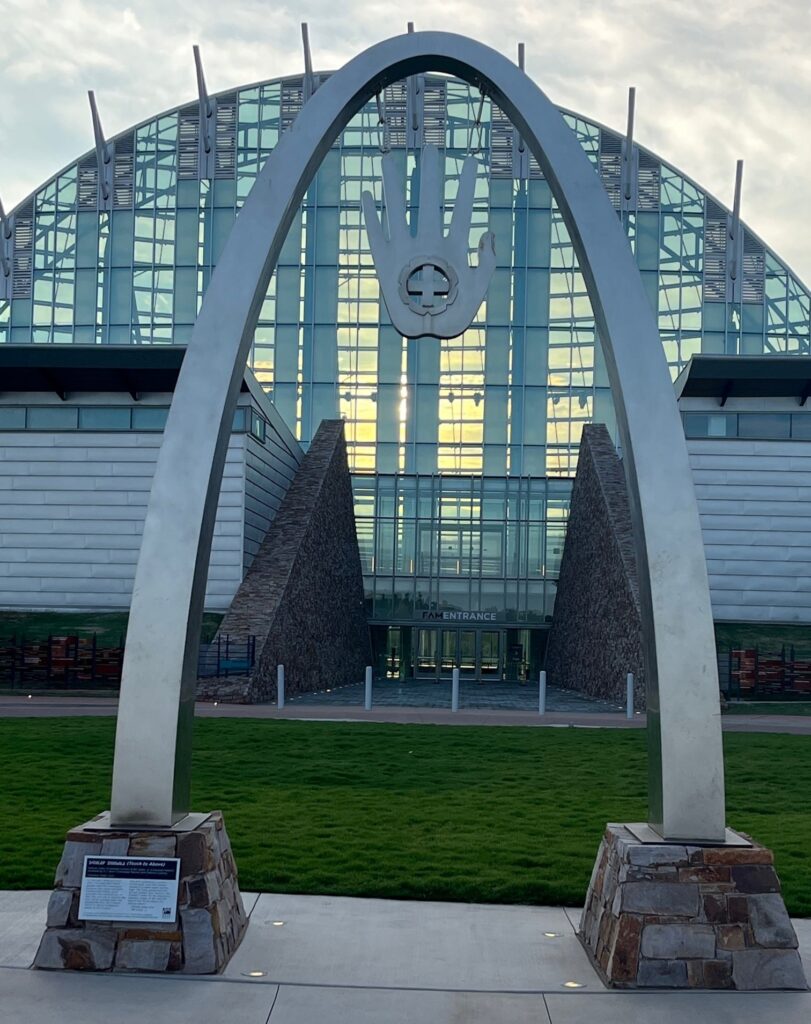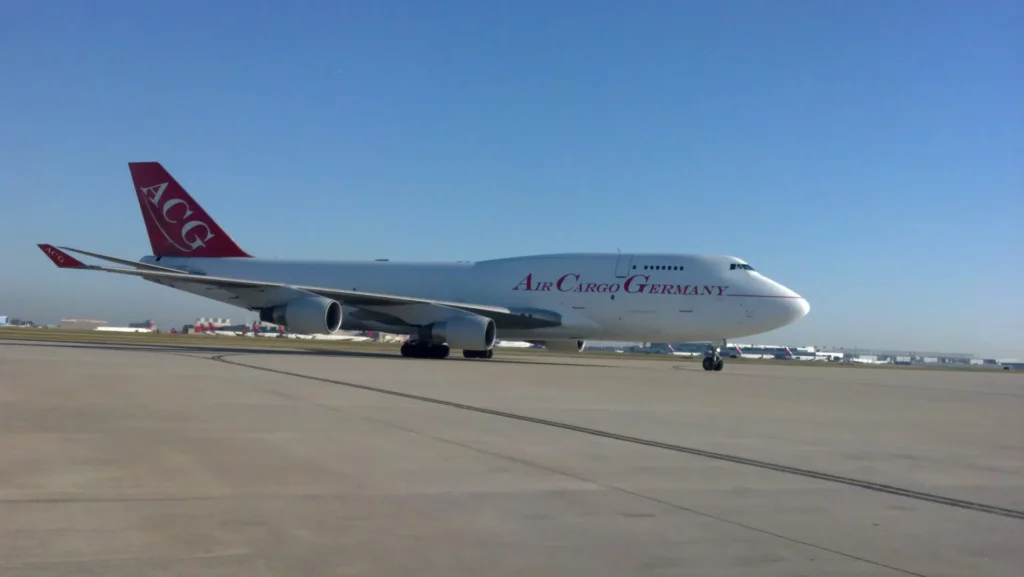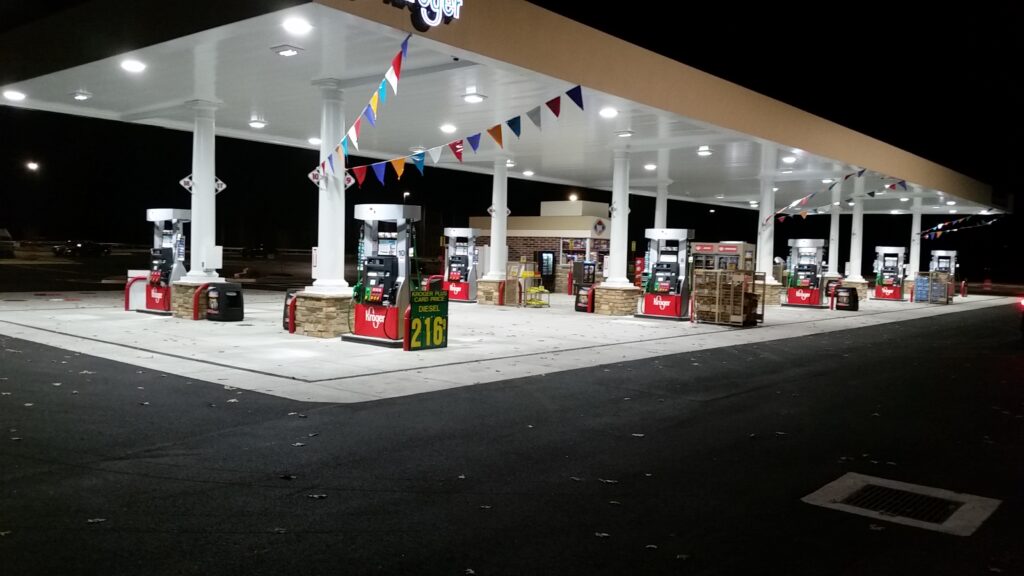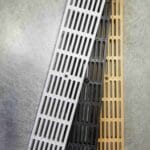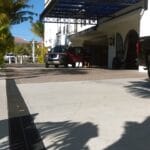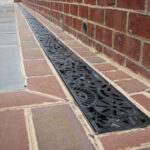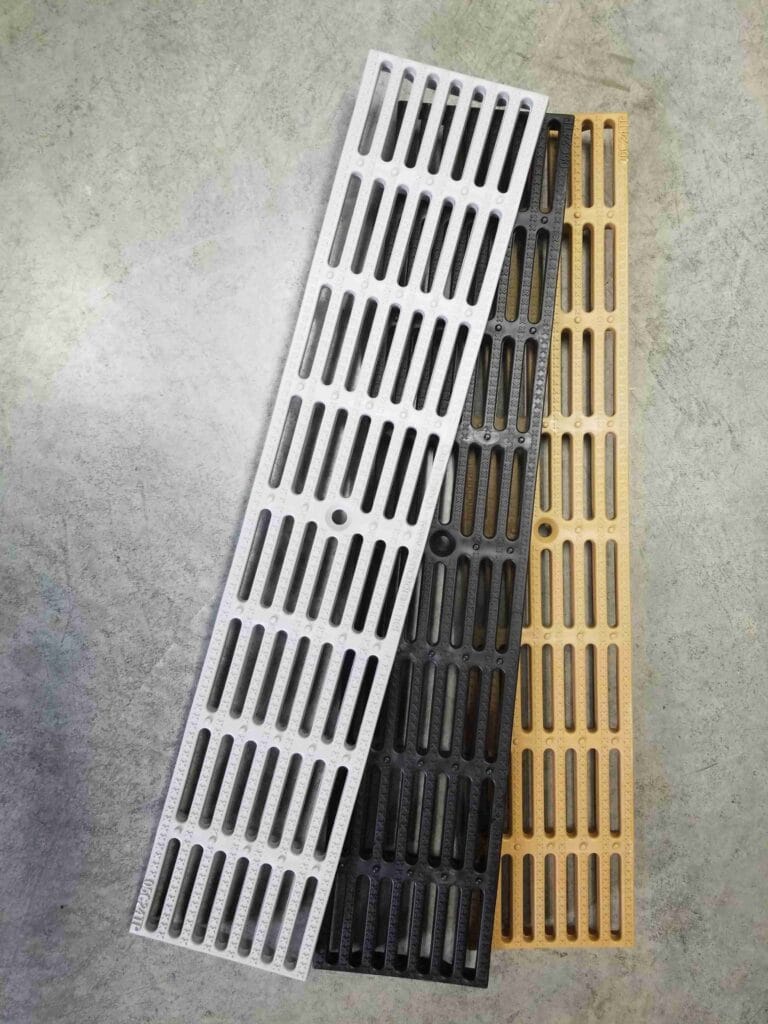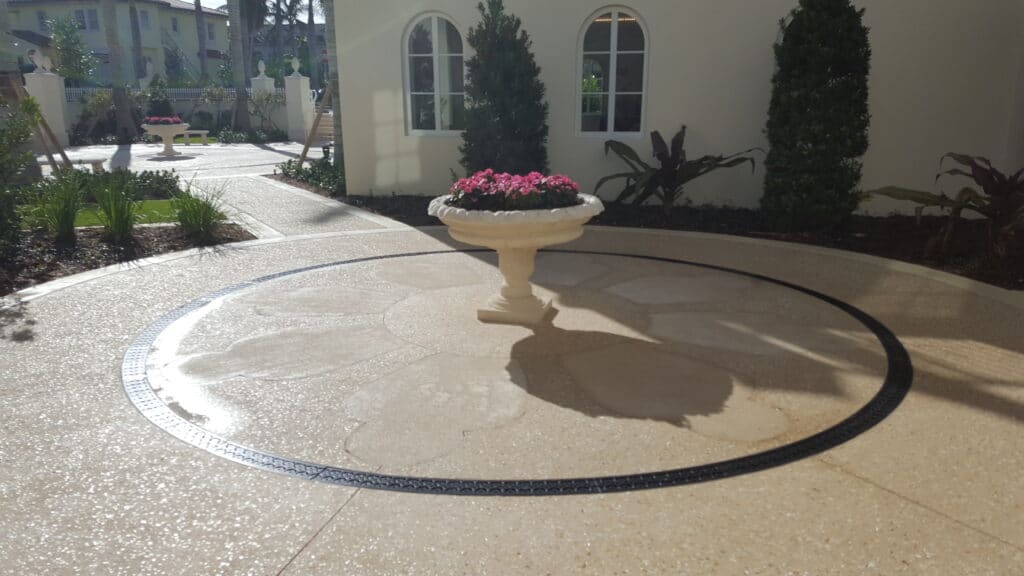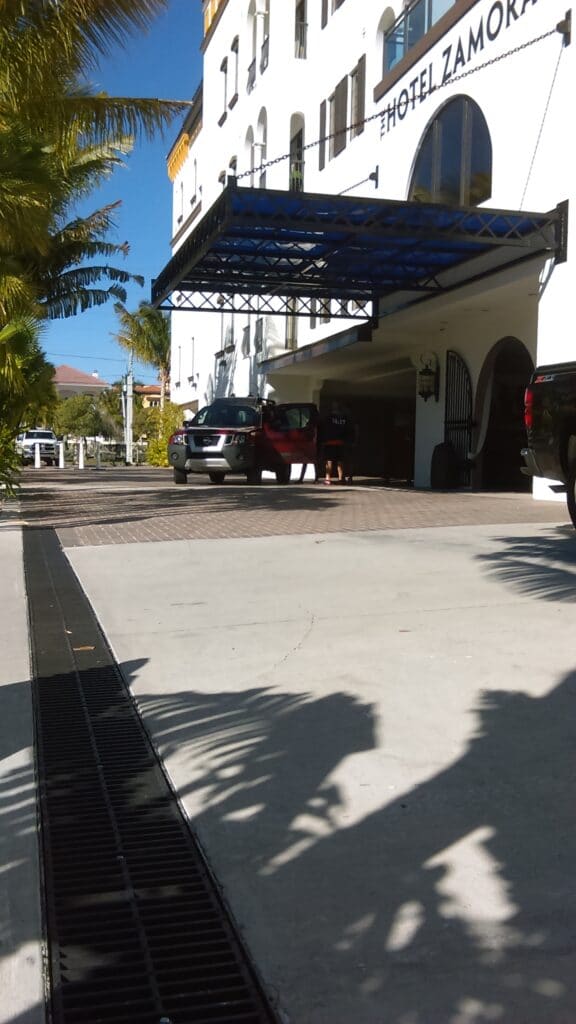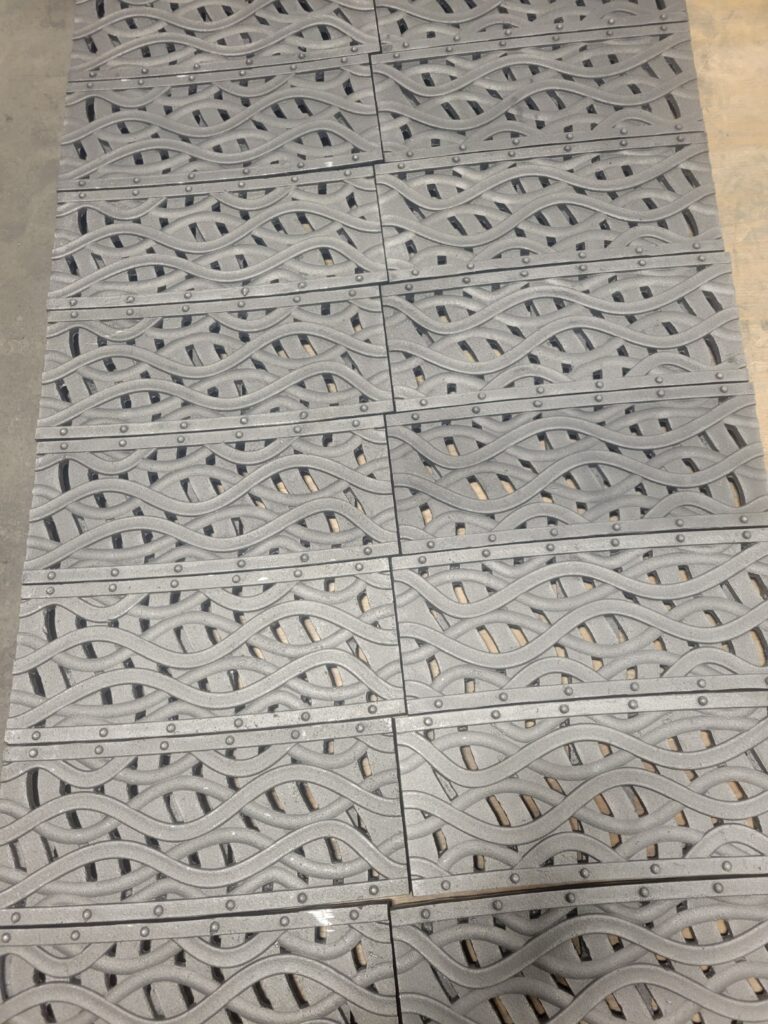Ports are areas that are exposed to a large volume of water every day. This is an area that also experiences a lot of wheeled traffic as well as heavy trucks and foot traffic. The drainage that is in place in a port location needs to work perfectly and needs to be safe for this kind of working area. You need to be sure that your drainage does not cause slips and falls, issues with vehicles, and standing water that can lead to various hazards as well.
Trench drains are essential in areas that experience high volumes of water runoff, and you will probably struggle to manage the water on your dock without them in place. These are highly effective drains, and you will be able to save money and time by installing this type of drain for your port’s working spaces. Trench drains are one of the most versatile and effective drainage solutions for many kinds of industrial locations, and you can’t go wrong with trench drains for a port location.
If you are ready to learn some more about trench drain systems for your port, you need to keep reading.
How to Pick the Right Port Trench Drain
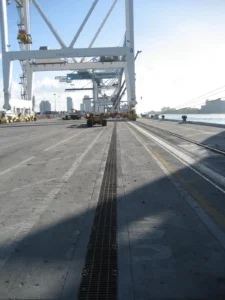
You might already be aware that there are many kinds of trench drain that you can choose for your needs. These different drains are made for different situations. You can choose trench drains that will work perfectly for your dock location when you install a trench drain system. Trench drains come in all shapes and sizes, which makes them ideal for industrial locations.
Trench drains can be made out of materials that will not rust or get damaged by caustic liquids and runoff. This can be ideal if your port location is exposed to these kinds of challenges. The gratings that you pick for your trench drains can also be made of the same materials to protect this part of your drainage system from damage as well.
If you know that your trench drains need to handle heavy wheeled traffic of various kinds, you will want to make sure that you also select a reinforced style of trench drain. This drain format can be made to withstand more than just high volumes of water. In most port situations, you will want to make sure that you have a drain that can handle chemical runoff as well as wheeled traffic.
How Do I Know What Size Trench Drain to Select for Ports?
The key factor that you need to know to be sure that you get the right size drains for your needs is the maximum water volume that your drains need to handle. This information impacts the size of the drain and the slope that it needs. It can also determine what kind of grate or cover you select for your trench drains.
Trench drains can only work as effectively as the drain covers that are placed over them. You need to pick the right covers to match the size and slope of your drains to get the most out of your drainage system. You can select drain covers that are easy to remove, but you can also select covers that you can screw down tightly so that they are not pulled up when heavy traffic passes over them.
The run of the drain can also impact the trench drain that you select. If you have to cover a lot of distance to get water to a catch basin or another outlet, you need the right drain slope and the right drain size to make sure that the water gets to where it needs to go. These three factors are critical to your selection of the right drain for your port drainage.
Benefits of Trench Drains on Ports
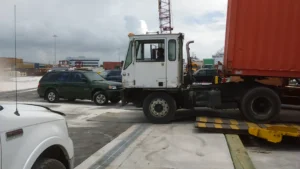
Trench drains are excellent in port locations because they are low-profile and are very unlikely to cause slips and falls or to cause a tripping hazard. They can also handle a high volume of water without requiring a lot of preparation and installation. This makes them a really ideal solution in industrial areas where drainage solutions need to be highly durable and effective without breaking the bank.
Trench drains are also very easy to clean and care for, which can be key in a place that does a lot of hard work every day. It is simple to sweep out and clean these drains to prevent clogs and other issues with your other drainage connections. If you are worried about debris getting into your drains, you can also pick covers that will not allow much grime to get into your drains in the first place.
The care of these drains is also really simple because they are so easy to connect to your other drains. Your drainage system in other areas of the dock needs to be connected reliably to your other drains to work effectively. This is easy when you pick trench drains for your drainage solution at your port. If you are concerned about having to replace all of your drains, you can rest easy when you pick trench drains for your drainage solution at your port.
Port Locations Need Excellent Drainage Systems
If you are trying to upgrade or improve your port drainage, you need to be sure that you have the right kind of trench drains selected for your location. Being able to select drains that can handle caustic runoff, heavy traffic, and large volumes of water is critical in the dock environment. This is not just for safety but also for appearances and to make sure that your dock location is 100% usable at all times of the day and night.
Trench drains are made to handle high volumes of water and tackle tough jobs with ease. You can customize your drain without any issues at all, and you can make them fit into your other drainage solutions as well. This means that your installation will be seamless, cost-effective, and easy. Upgrading your drains to trench drains is really easy, and you will be happy that you made the decision to change to this kind of effective drainage solution.

